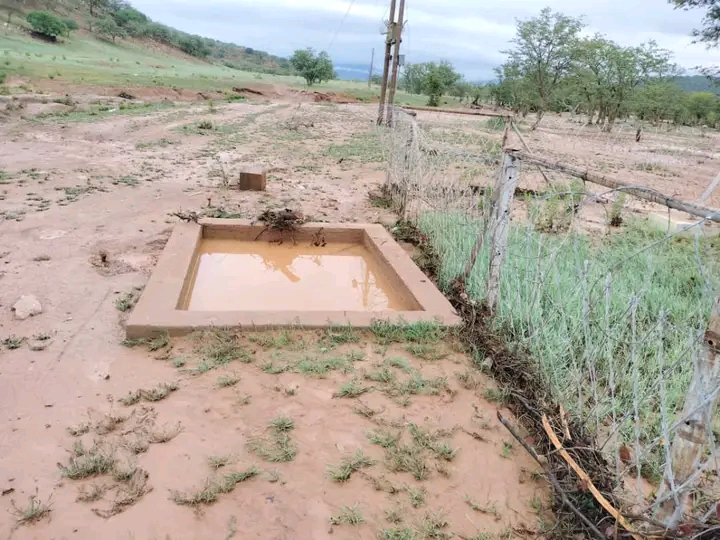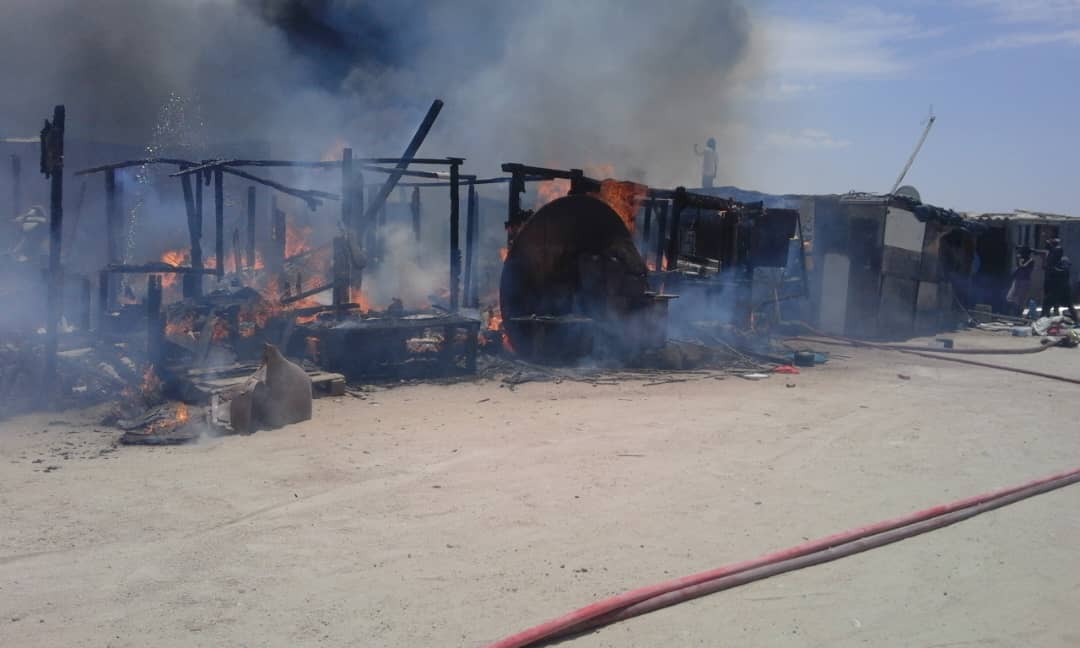A REVAMP of the registration system for drought food beneficiaries needs to be re-considered, says the Deputy Director of the Emergency Management Unit (EMU), Gabriel Kangowa.
In an interview with The Namibian on Wednesday, Kangowa said while the drought relief programme was progressing well overall, loopholes in the distribution system had caused hiccups in some regions. “This system is going to change if there’s going to be another programme based on a census system,” he said.The EMU had to dispatch a team to Kunene last week, after it discovered that too much food was being distributed to the region’s just over 6 000 households.Kangowa said up to three months supply was distributed in the first round alone.”There was a concern that the food that went out was too much.The way officials were distributing [it] was not according to regulations.They would have finished all the supplies before the six months of the programme was over,” he said.The regulations stipulate that each household qualifies for three 12,5 kg bags of maize meal, four bottles of cooking oil and 12 pieces of dried fish.However, officials were allowed to use their discretion, Kangowa said, taking into account variations in household sizes when they decided on the quantity of food.Kangowa said in many instances it was presumed that an entire household qualified for assistance because not all occupants were interviewed at registration time to establish how many they were.”Sometimes you find a pregnant women there who qualifies, but then you will find out later she has a working husband somewhere else,” said Kangowa.”We are trying to cut abuse and make sure the system is used to its fullest capacity to target the really hungry”.He said two workshops had been held in all regions ahead of the programme to advise officials on how to divide the food, but these guidelines were not being strictly adhered to.Last month, the Kavango Region had to halt its programme until it could justify the number of households – 52 000 – it had registered for assistance.Beneficiaries will be verified during the first distribution round.The Caprivi Region, Kangowa said, had ironed out problems picked up by officials during the distribution rounds.According to Kangowa, transport was now the major focal point of the programme.He said the Namibia Defence Force would play a pivotal role in providing transport as well as providing the manpower for the distribution of food aid.On Tuesday, the EMU dispatched two trucks each to the Ohangwena and Oshikoto Regions.It has also arranged for the Ministry of Environment and Tourism to assist officials at Omusati, while plans are being made to dispatch two trucks to the Karas Region in the coming days.”This system is going to change if there’s going to be another programme based on a census system,” he said. The EMU had to dispatch a team to Kunene last week, after it discovered that too much food was being distributed to the region’s just over 6 000 households. Kangowa said up to three months supply was distributed in the first round alone. “There was a concern that the food that went out was too much. The way officials were distributing [it] was not according to regulations. They would have finished all the supplies before the six months of the programme was over,” he said. The regulations stipulate that each household qualifies for three 12,5 kg bags of maize meal, four bottles of cooking oil and 12 pieces of dried fish. However, officials were allowed to use their discretion, Kangowa said, taking into account variations in household sizes when they decided on the quantity of food. Kangowa said in many instances it was presumed that an entire household qualified for assistance because not all occupants were interviewed at registration time to establish how many they were. “Sometimes you find a pregnant women there who qualifies, but then you will find out later she has a working husband somewhere else,” said Kangowa. “We are trying to cut abuse and make sure the system is used to its fullest capacity to target the really hungry”. He said two workshops had been held in all regions ahead of the programme to advise officials on how to divide the food, but these guidelines were not being strictly adhered to. Last month, the Kavango Region had to halt its programme until it could justify the number of households – 52 000 – it had registered for assistance. Beneficiaries will be verified during the first distribution round. The Caprivi Region, Kangowa said, had ironed out problems picked up by officials during the distribution rounds. According to Kangowa, transport was now the major focal point of the programme. He said the Namibia Defence Force would play a pivotal role in providing transport as well as providing the manpower for the distribution of food aid. On Tuesday, the EMU dispatched two trucks each to the Ohangwena and Oshikoto Regions. It has also arranged for the Ministry of Environment and Tourism to assist officials at Omusati, while plans are being made to dispatch two trucks to the Karas Region in the coming days.
Stay informed with The Namibian – your source for credible journalism. Get in-depth reporting and opinions for
only N$85 a month. Invest in journalism, invest in democracy –
Subscribe Now!










